The Fishery supply chain is a multifaceted network that involves a variety of stakeholders including consumers and fishermen. Ensuring the safety and excellent quality & sustainability of seafood products is of the utmost importance. The traditional ways of keeping track of seafood often use paper-based systems which are susceptible to errors, scams and waste.
Blockchain technology is a good way to solve these issues as it is decentralized and cannot be changed. Blockchain could change the seafood industry by making a clear and safe digital record of all seafood products from when they are caught or harvested to when they are sold to customers.
This Article goes into detail about how blockchain based traceability can change the fishing business. We will discuss the real world applications of blockchain in fisheries and advantages it provides to a variety of stakeholders and how it contributes to a more transparent and responsible seafood industry.
Seafood Traceability – Why does it Matter
Seafood traceability refers to the process of tracking and recording the journey from capture to sale. This process includes all stages of the supply chain starting from the harvest or aquaculture and continuing through processing & packing and delivery to customers. This ensures the traceability of every seafood product providing a clear picture of its journey. Fish traceability helps prevent problems like illegal fishing, wrong labeling and food safety concerns as well as helps with efforts to be more environmentally friendly.
The Key Aspects of Fishery Traceability
Origin Tracking
Tracking the origin entails determining the location and methods used to catch or grow seafood. This includes details about the where & how and timing of the seafood’s capture or cultivation.
Chain of custody
Monitoring the movement of fish through various stages of the supply chain. This ensures the recording and verification of every custody change.
Certification and compliance
Making sure that the seafood meets all the rules and standards of the business such as food safety and sustainability certifications.
Consumer transparency
Providing consumers with information on where their seafood comes from and how it got there helps build trust and assist them in making smart buying decisions.
Why is Seafood Traceability Important?
Reduce waste
Traceability tools improve the seafood supplychain’s efficiency by keeping accurate track of products and reducing waste. With this information, businesses can better manage their inventory, reducing overstocking and food waste. Workers can distribute seafood more efficiently if they are aware of the exact location and condition of each item. This reduces waste and makes sure that products get to customers in the best possible condition.
Food safety
Being able to track seafood is essential for ensuring food safety. It lets people follow fish from where it comes from to every step of the supply chain. Traceability allows for quick detection and recall of contaminated or affected goods. This protects consumers and prevents health problems from occurring.
Sustainability
A strong traceability helps keep seafood practices sustainable by making sure that fish or seafood come from responsible fishers that follow sustainable methods. It increases transparency regarding fishing operations' environmental impacts which contributes to conservation and prevents overfishing to preserve the marine ecosystem for future generations.
Illegal Fishing
Traceability elements are used to prevent illicit, unreported and unregulated (IUU) fishing. Authorities can monitor and verify the legitimacy of fishing operations by tracking seafood from its capture to its consumption. This guarantees compliance with rules & deters wrongdoing and fosters fair competition in the business sector.
Preventing fraud
Being able to track seafood helps prevent theft and incorrect labeling such as moving expensive species out for cheaper ones. Accurate and labels that are transparent make suppliers responsible for their claims and guarantees that consumers receive the species and quality they demand.
Challenges in Implementing Seafood Traceability
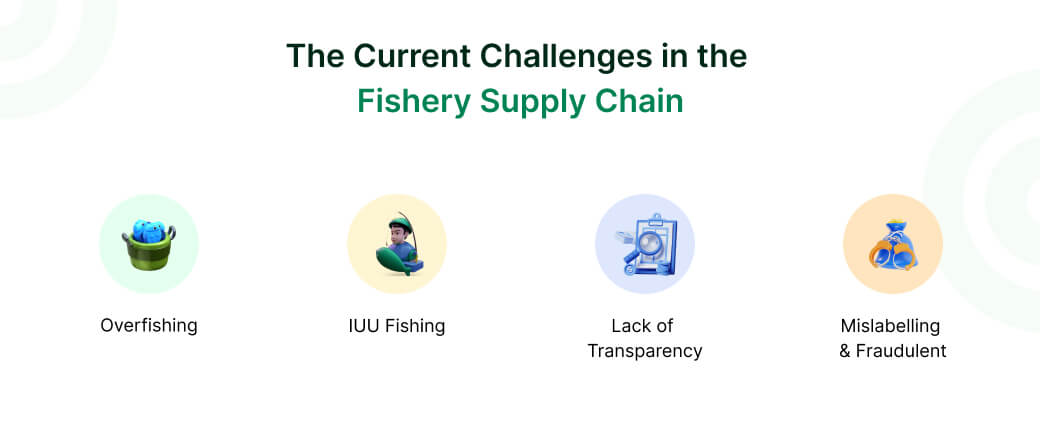
Complex supply chain
Supply chain for seafood is often complicated with many people involved such as fishermen, processors, distributors and retailers. Coordinating and integrating data from different sources and stages needs a lot of standardization and collaborative effort. Additionally, it can be challenging to organize and match up data from various sources which could leave gaps or mistakes in the traceability records. Simplifying and streamlining these steps is critical for good tracking.
Lack of data capture options
The primary challenge implementing seafood traceability is gathering all the necessary data. Many of the supply chains still use old or handwritten records which may not provide real time or correct information. If there is insufficient technology to record specific information about the seafoods journey such as its catch, handling and transportation, traceability efforts may fail. We need new technology and data management tools to improve data collection and tracking.
Aggregation of supply
For seafood tracking—aggregating supply data means combining information from various places such as fisheries, processors and distributors. The hardest part is dealing with different types of data methods and making sure that everything in the supply chain is consistent. Aggregation requires robust technology to merge data, maintain accuracy & provide real-time journey of fish from capture to consumption.
Regulations for Seafood Traceability for Different Regions
European Union
EU Regulation 1379/2013
According to this law, every seafood sold in the EU is labeled with complete information like where it was caught or farmed & how it was made (wild-caught or farmed) and any sustainability standards that apply. This label ensure that everything is transparent and lets people make smart decisions.
EU Regulation 2020/741
This regulation aims to improve seafood traceability and transparency by mandating comprehensive records on seafood origins and environmental impact. The regulation is part of a huge effort to protect the environment and stop illegal fishing.
United States
Seafood Import Monitoring Program (SIMP)
NOAA Fisheries runs SIMP, which requires importers to provide detailed information about the seafood they bring in including its origin, method of capture and processing methods. The goal of this program is to stop illicit, unreported and unregulated ( IUU) fishing and make sure that fish comes from legal sources.
FDA Seafood HACCP Regulations
The US Food and Drug Administration (FDA) requires seafood processors to implement Hazard Analysis Critical Control Point (HACCP) systems. To ensure food safety—these rules require complete documentation of food processing, handling and distribution processes.
The Innovative Technologies used in Seafood Traceability
Blockchain
Blockchain creates a permanent record of seafood transactions, ensuring that tracking is safe and clear. Blockchain records every step of the supply chain, providing real-time insights into the origin, handling and processing of seafood. This helps avoid scams and make things more clear.
Internet of Things (IoT)
The Internet of Things (IoT) uses connected devices to monitor conditions such as location and temperature throughout the entire supply chain. Real time data collection ensures optimal fish storage and shipping, resulting in quality control and reduced spoilage risk.
Smart Sensors (RFID & NFC)
Seafood packaging uses smart sensors such as RFID and NFC tags to automatically track the product and send information about its journey. This technology makes it easier to keep track of things in real time and handle inventory properly.
Geographic Information Systems (GIS)
GIS makes maps and analysis of where seafood operations happen. It provides spatial data to track seafood origin and cultivation methods enabling businesses to comply with sustainability and preservation regulations.
Digital Product Passport (DPP)
Seafood is tracked from sea to fork with the help of a digital product passport, which offers a transparent record of shipping, processing, provenance and catching methods. By utilizing blockchain and IoT, it guarantees sustainability, safety & authenticity while providing customers with reliable information.
Understanding Blockchain based Seafood Traceability
Blockchain-based seafood traceability uses blockchain technology to track seafood from its origin to its final destination. It keeps a clear and constant record of every step in the supply chain from harvesting the crops to distribution to selling them. We assign a unique number to each piece of fish enabling immediate identification of its origin and handling methods.
On the blockchain, fishers record crucial details such as the species caught, the location of the catch, its weight and the method of storage. This information travels throughout the seafood production chain. When used with IoT technology, it enables real time tracking. Attaching RFID tags to the fish provides insight into its condition and handling practices. People can read a code on the package to see where the seafood came from which makes sure it is real and honest.
The Real-world Leading Examples are Embracing Seafood Traceability
Walmart and IBM
Walmart and IBM worked together to set up a blockchain-based seafood tracking system that includes Internet of Things (IoT) sensors. The blockchain ledger tracks every step of the seafood’s journey while IoT sensors monitor crucial factors like temperature and humidity during shipping. Walmart can ensure proper handling and freshness of seafood from its catch until its sale.
Sentry
Sentry is an expert in making smart sensors that can track and check the quality of seafood. Sentry’s sensors monitor crucial environmental factors such as humidity, heat and light exposure throughout the seafood supply chain. Systems that package and move seafood incorporate these sensors to ensure its optimal condition from the moment of capture until its delivery.
Hatch Blue
Aquaculture accelerator Hatch Blue uses Geographic information Systems (GIS) to monitor and manage aquacultured activities. GIS technology aids in mapping and analyzing natural factors such as water quality, temperature and ocean currents crucial for enhancing seafood farming practices.
Aqua-Spark
Aqua-Spark is an investment fund that focuses on sustainable farming. It supports projects that use blockchain and the Internet of Things (IoT) to track seafood. These technologies monitor and record each stage of the seafood production process. This ensures the implementation of sustainable practices and provides a transparent account of the seafood’s journey.
What’s Next - Seafood Traceability
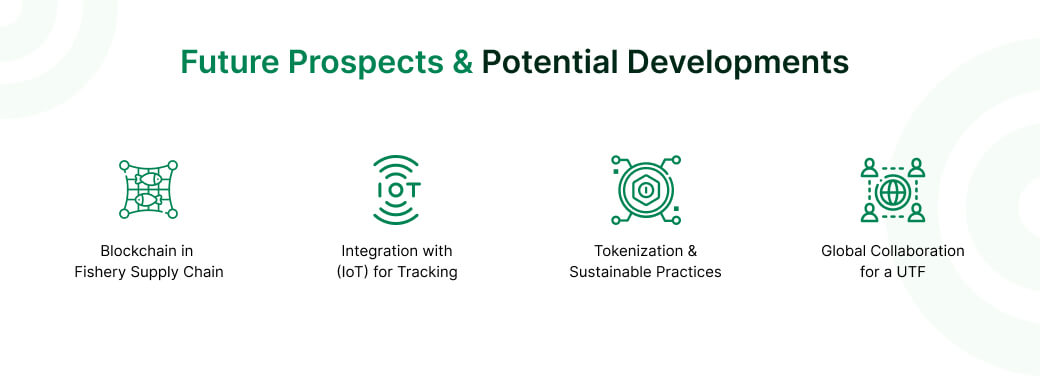
As Seafood traceability advances further, companies need to use Advanced lot tracking systems. Subsequent traceability frameworks must integrate thorough monitoring of certifications like Global G.A.P and MSC (Marine Stewardship and Council).
The new MSC Labor Eligibility Requirements, which went into effect in May 2023, show how complicated tracking has become. These rules require audits to prevent illegal and forced labor in seafood supply chains. They also add a new level of responsibility for traceability.
In the Future, tracking seafood will depend on more and more advanced tools such as Satellite tracking. Satellites will track the movement of commercial fishing vessels contributing to the prevention of illegal, unreported and uncontrolled (IUU) fishing. In the next ten years the adoption of more advanced tracking systems will become a standard procedure.
Ensuring adherence to stricter tracking regulations is crucial for maintaining fresh seafood and meeting industry standards.
How Transgenie Can Help?
Transgenie system can help you keep track of fish better throughout their entire lives from the hatchery to the harvest and beyond. They can also track where fish go and what they do at any given time in their lives.
When the Seafood industry starts using Transgenie, it could change how we think about Traceability. Transgenie all-in-one solution lets producers track and watch every step of the production process in real time from feeding animals to harvesting them to ensure maximum safety and quality. This technology can help the industry be more sustainable and responsible as well as build trust with customers who want trust and moral business practices.
As we continue to face new problems in the world's growing population, we need to welcome new ideas like Transgenie, which can help you make the aquaculture industry more responsible and effective.
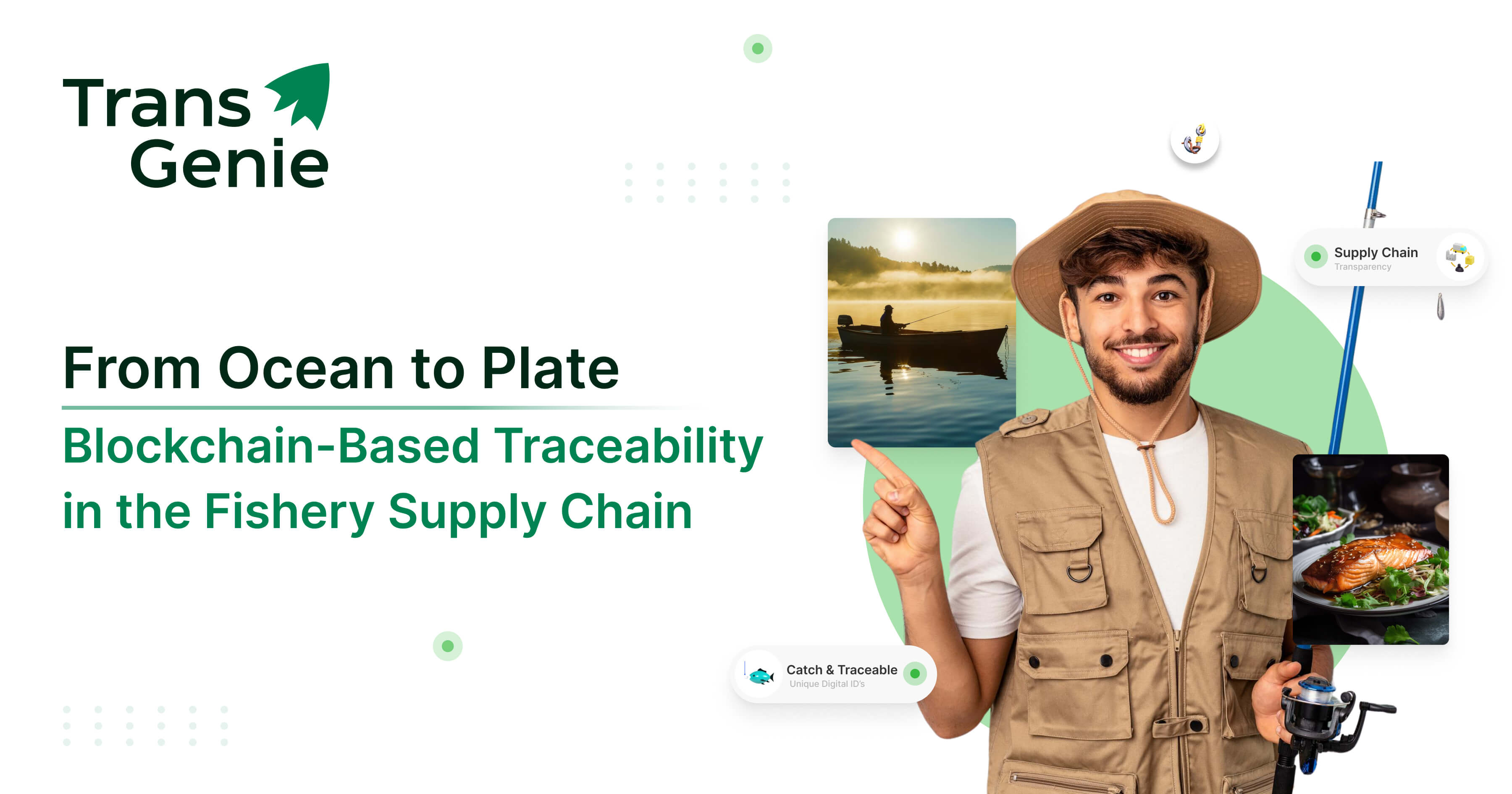
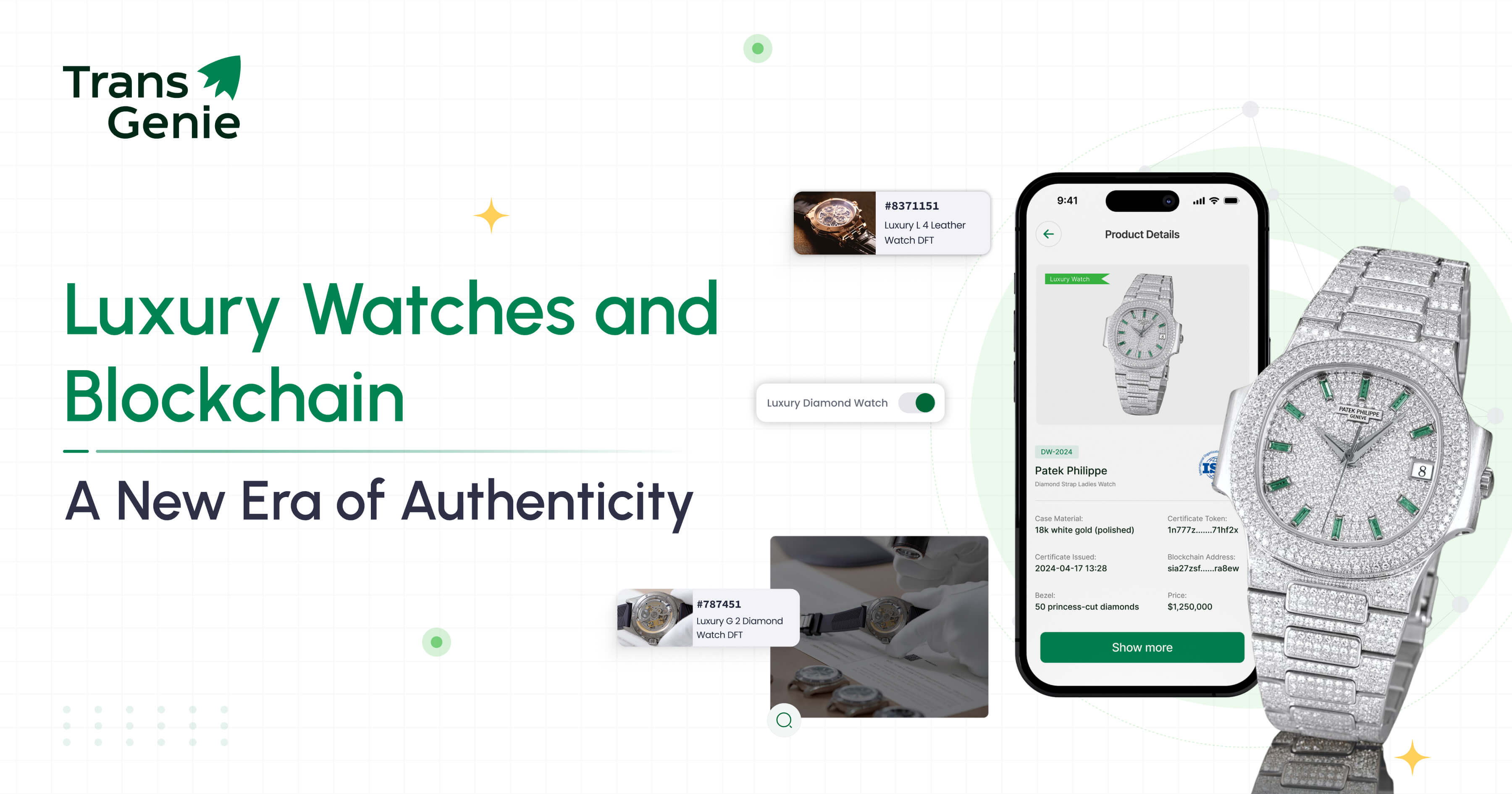

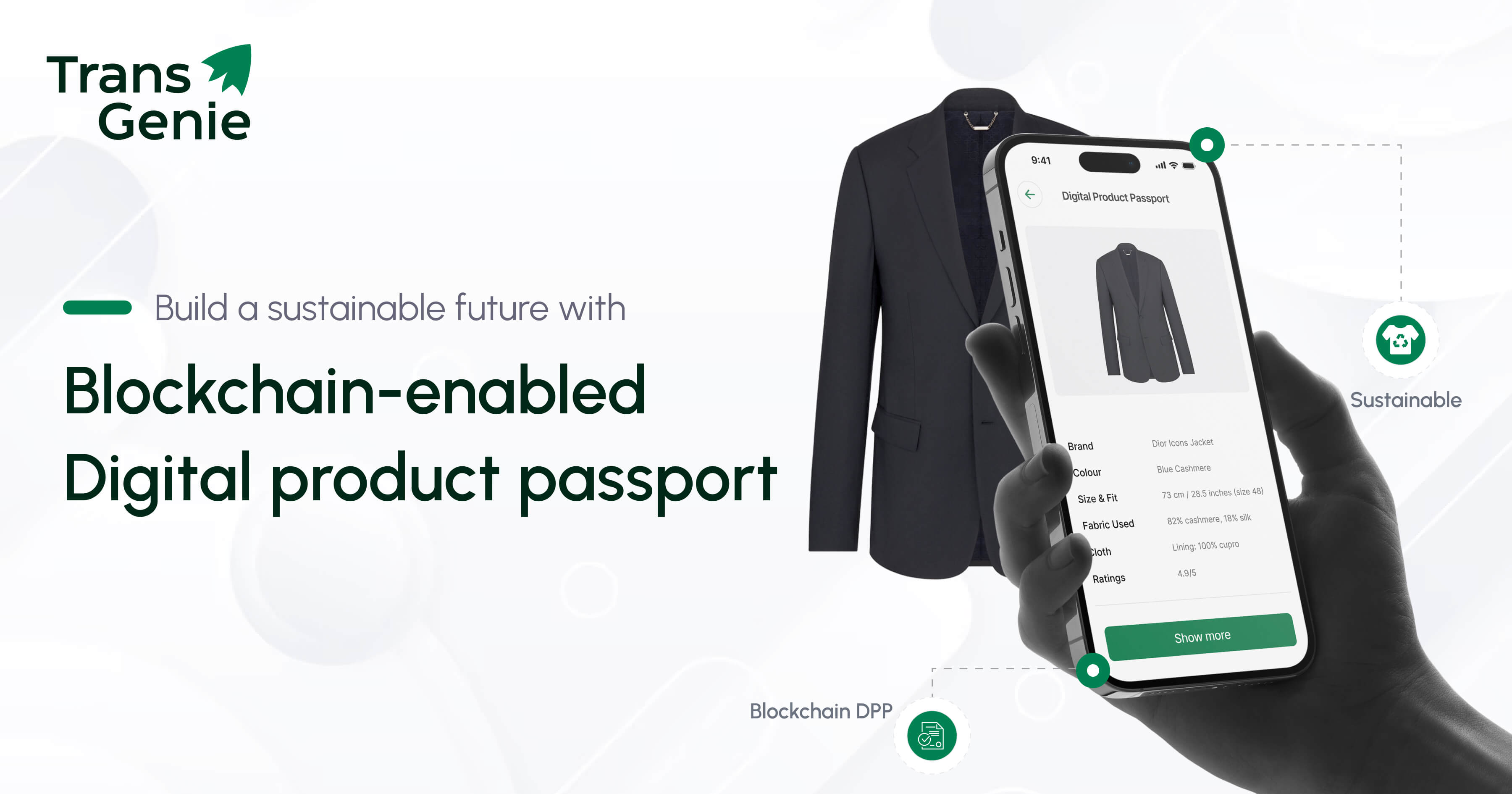
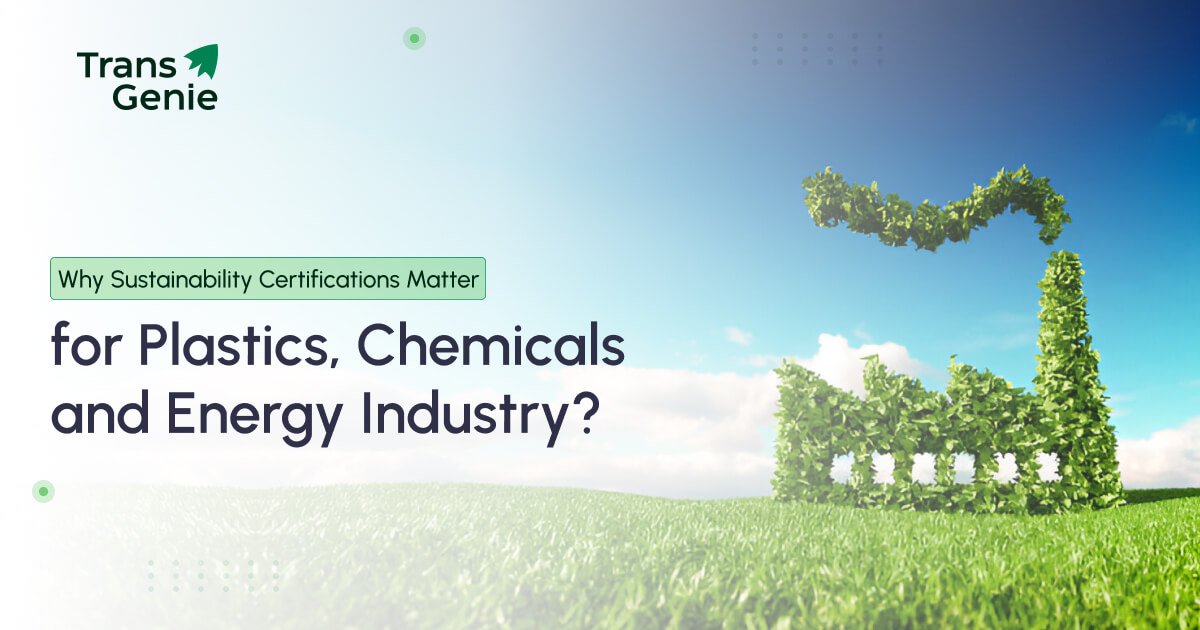
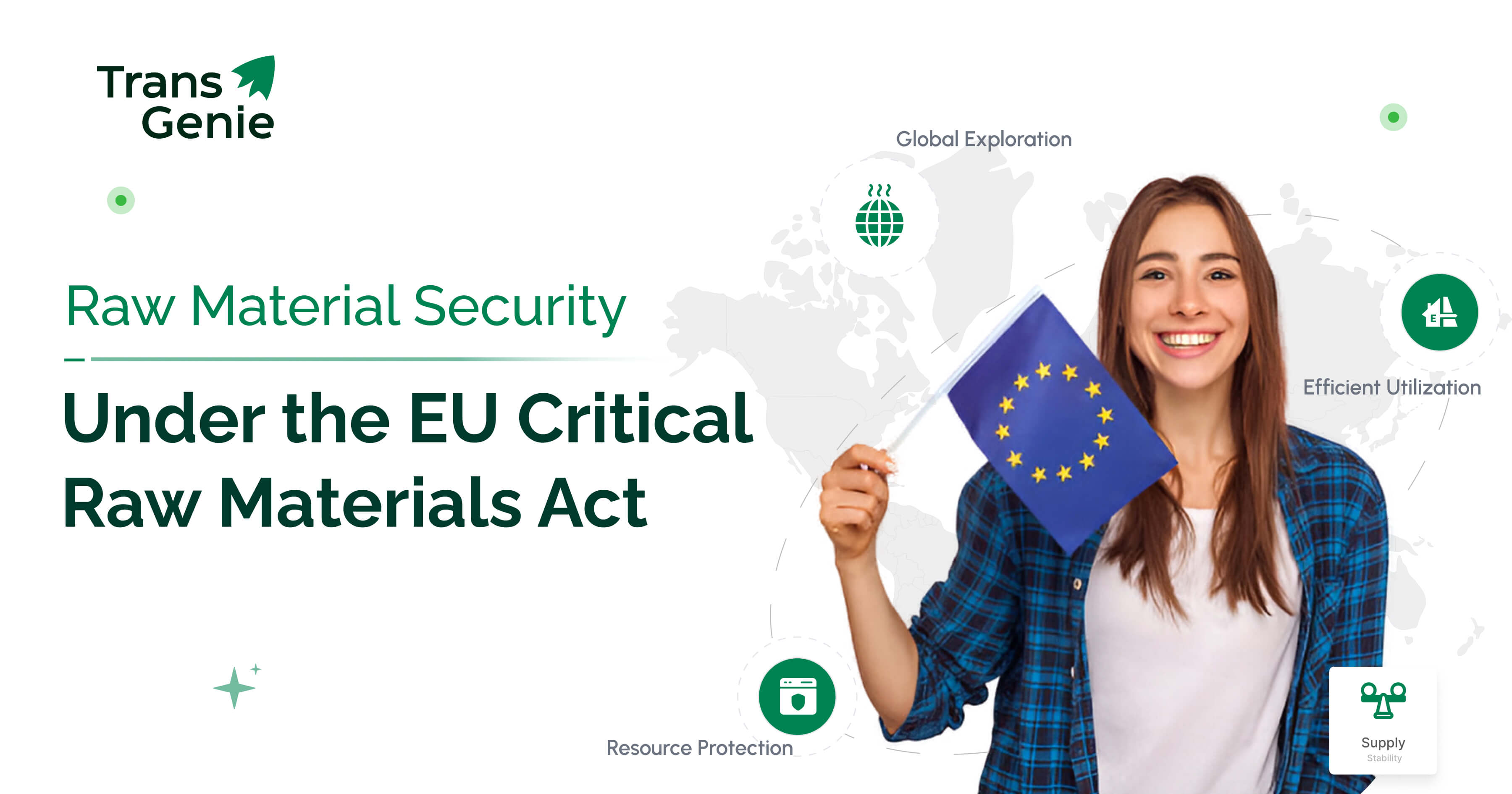
Yokesh Sankar